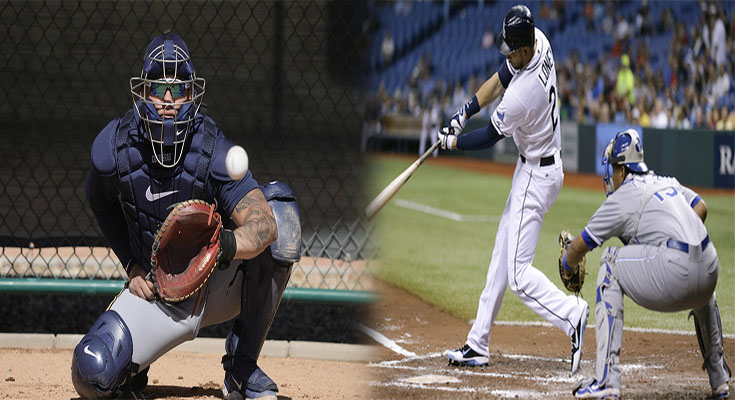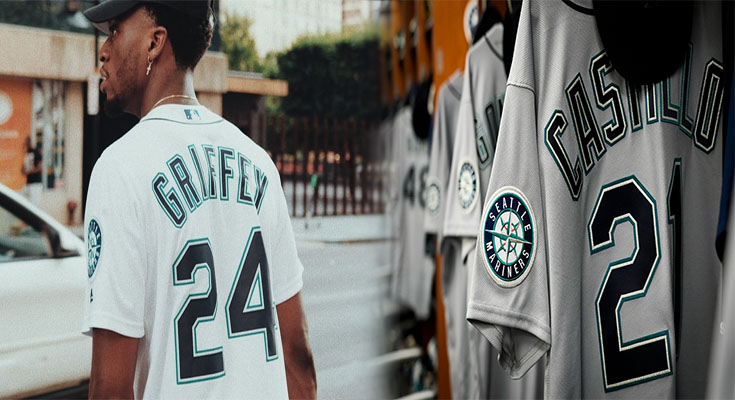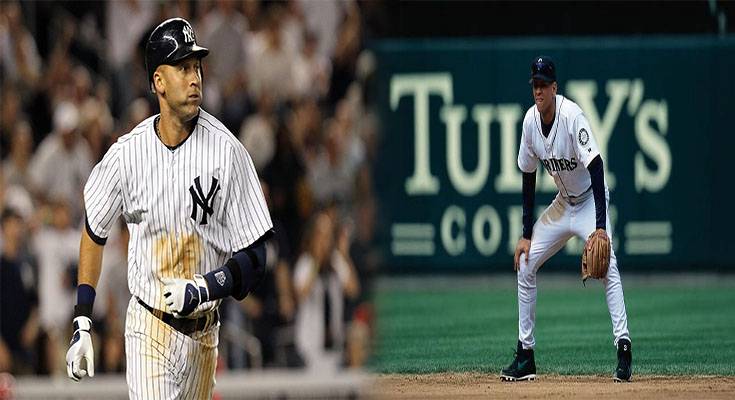
Baseball Positions: Catcher Blocking Techniques
When it comes to the game of baseball, each position requires a unique set of skills and techniques. Catching is one such position that demands exceptional defensive skills, including the art of blocking. The ability to effectively block pitches is crucial for any catcher as it not only prevents scoring opportunities for the opposing team but also ensures the safety of the pitcher and other players on the field. In this article, we will explore the essential techniques every catcher should master to become proficient in blocking.
The Importance of Blocking
As the catcher, you have the vital task of stopping pitches that may be in the dirt or off-target from getting past you. This not only prevents the advancement of baserunners but also saves precious runs from being scored by the opposing team. Additionally, by effectively blocking pitches, you demonstrate your reliability and defensive prowess, gaining the trust and confidence of your pitcher and teammates.
Key Techniques for Successful Blocking
- Positioning: Good blocking begins with proper positioning. As the pitch is delivered, ensure you are in a balanced stance with your knees slightly bent, ready to react quickly. Your body should be positioned between the pitch and any baserunners on third base.
- Anticipation: Read the pitch early so that you can anticipate whether it will be low or in the dirt. This will allow you to prepare yourself mentally and physically to block it effectively.
- Proper Glove Placement: Position your glove in a way that provides maximum coverage and




